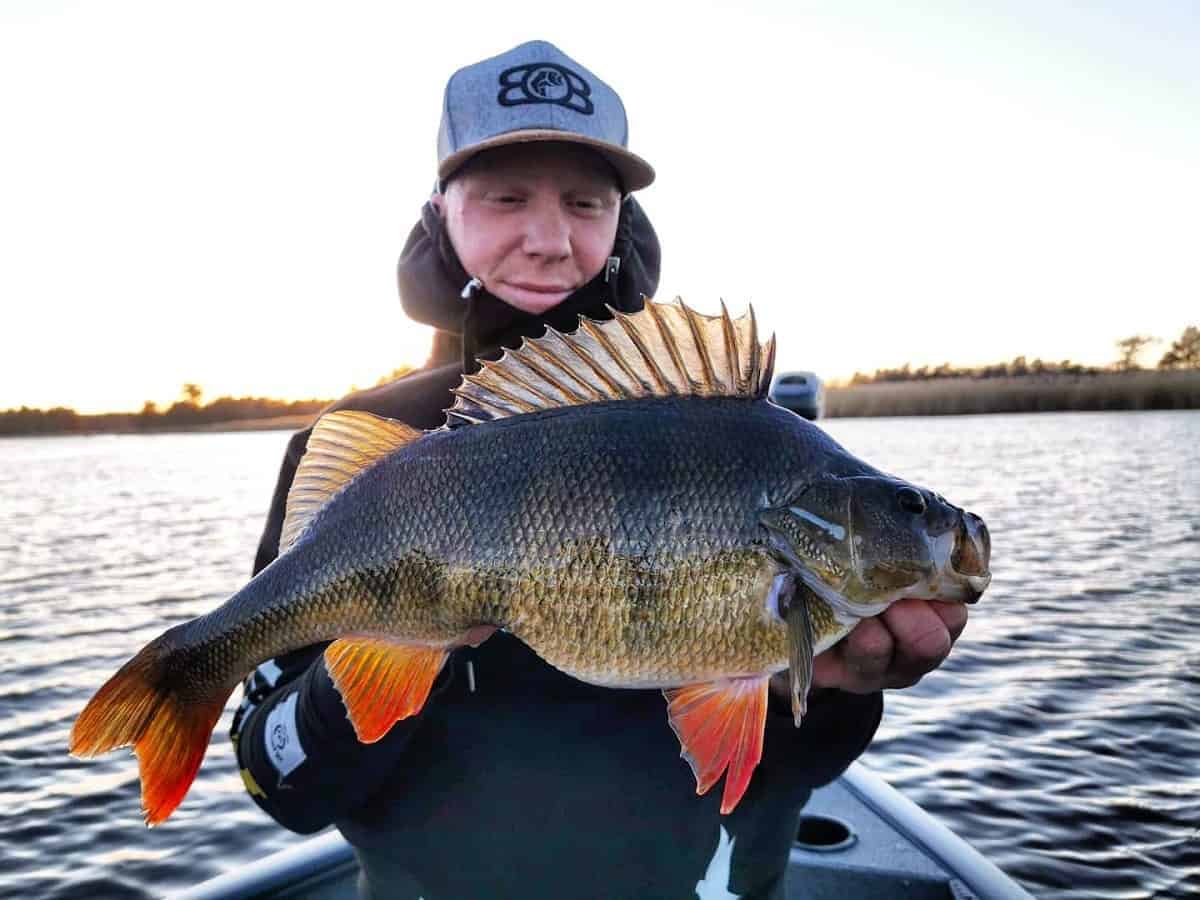Perch Definition and Characteristics

Perch definition – Perch, a versatile group of fish species belonging to the family Percidae, are widely distributed across the globe. These freshwater dwellers are renowned for their distinctive physical traits and diverse behaviors.
In the realm of avian taxonomy, the term “perch” denotes a bird’s temporary resting place on a branch or other elevated surface. However, beyond this literal definition, the word “perch” has found its way into the world of sports, particularly in the dynamic game of perch basketball.
This variation of basketball involves players leaping from elevated perches to shoot hoops, showcasing remarkable athleticism and aerial prowess. Yet, despite its acrobatic flair, the essence of perch basketball remains rooted in the fundamental concept of perching, where players momentarily find respite before launching themselves into the air.
Physical Characteristics
Perch typically possess elongated, slender bodies adorned with vibrant scales. Their dorsal fins are often spiny, while their pelvic and anal fins are soft-rayed. The distinctive feature of perch lies in their large, protruding eyes, which provide them with excellent vision for hunting prey.
In the realm of aquatic ecosystems, the perch, a fish species, commands attention. Its slender, elongated body, adorned with vibrant scales, distinguishes it amidst the underwater tapestry. Its name, an echo of its innate ability to perch upon objects, is a testament to its unique behavior.
Dive deeper into the perch definition to unravel the intricacies of this fascinating aquatic creature.
Behavior and Diet, Perch definition
Perch are opportunistic predators, primarily feeding on smaller fish, invertebrates, and insects. They are known for their aggressive territorial behavior, defending their habitats against potential threats. Perch are also schooling fish, often forming large groups for protection and foraging.
Perch, a type of fish found in various bodies of water, is known for its delicate flavor and firm texture. However, in the realm of basketball, the term “floater” takes on a different meaning. Basketball terms floater refers to a shot technique where the player gently releases the ball towards the basket while in the air, giving the illusion of the ball floating towards the hoop.
Despite the contrasting contexts, both the perch and the floater share a common element of precision and finesse, showcasing the diverse and intriguing vocabulary that exists across different fields.
Species Diversity
The family Percidae encompasses a wide range of perch species, each with unique characteristics:
- Yellow Perch: Found in North America, yellow perch are characterized by their golden-yellow coloration and black vertical bands.
- European Perch: Native to Europe and Asia, European perch are larger than yellow perch and exhibit a greenish-brown hue.
- Walleye: A highly prized game fish, walleye are known for their large size and distinctive white, glassy eyes.
- Sauger: Closely related to walleye, sauger are smaller and have a more elongated snout.
- Ruffe: A small, spiny perch species, ruffe are known for their aggressive behavior and ability to invade new habitats.
Perch Habitat and Distribution

Perch are freshwater fish that prefer clear, slow-moving water bodies with abundant vegetation. They are typically found in lakes, ponds, rivers, and streams with depths ranging from shallow areas to depths of around 100 feet (30 meters).
Geographic Distribution
Perch are native to Europe, Asia, and North America. They have also been introduced to other parts of the world, including Australia, New Zealand, and South Africa. The following table summarizes the distribution of different perch species:
| Species | Native Range | Introduced Range |
|---|---|---|
| Yellow perch (Perca flavescens) | North America | Europe, Asia |
| European perch (Perca fluviatilis) | Europe, Asia | North America, Australia, New Zealand |
| Baltic perch (Perca fluviatilis forma flavescens) | Baltic Sea | None |
| Amur perch (Perca schrenkii) | East Asia | None |
Perch Ecology and Behavior: Perch Definition
Perch are voracious predators that play a significant role in aquatic ecosystems. They feed primarily on smaller fish, such as minnows, sticklebacks, and fry. They also consume insects, crustaceans, and occasionally small mammals or birds that venture too close to the water’s surface. Perch are opportunistic feeders and will consume whatever prey is available, making them important regulators of fish populations.
-
Social Behavior
Perch are highly social fish that form large schools for protection against predators and to increase their chances of finding food. Within these schools, there is a strict social hierarchy, with dominant individuals occupying the best feeding positions. Perch also exhibit territorial behavior, defending their nesting sites and feeding areas from other fish.
-
Role in Aquatic Ecosystems
Perch play a crucial role in maintaining the balance of aquatic ecosystems. As predators, they help to control the populations of smaller fish, preventing overpopulation and ensuring a healthy ecosystem. Additionally, perch are an important food source for larger predators, such as pike and bass. Their presence in an ecosystem indicates a healthy and diverse aquatic environment.
Perch, the spiny-finned fish, shares a close resemblance to its relative, the pike fish. With its elongated body and sharp teeth, the pike fish is a formidable predator in freshwater habitats. However, the perch’s smaller size and distinct markings set it apart from its larger counterpart, making it a unique species in its own right.
Perch, a fish known for its spiny fins and silvery scales, often shares waters with the pike. Unlike perch, pike possess elongated bodies and sharp teeth, making them formidable predators. Yet, both perch and pike play crucial roles in maintaining the delicate balance of their aquatic ecosystems, serving as food sources for larger fish and ensuring the health of their underwater habitats.
